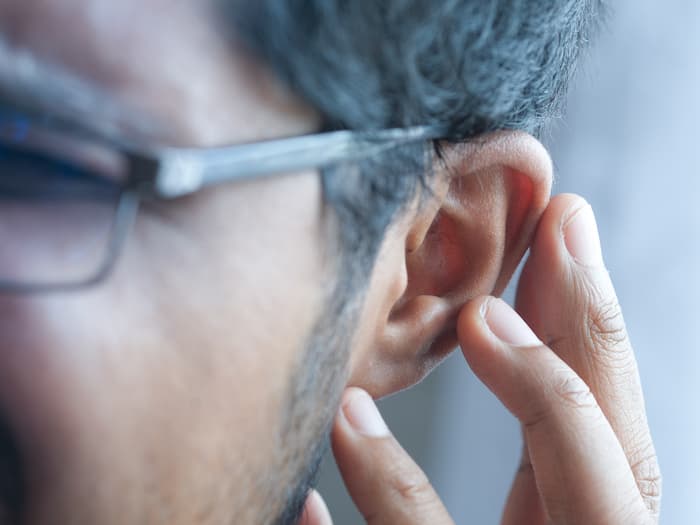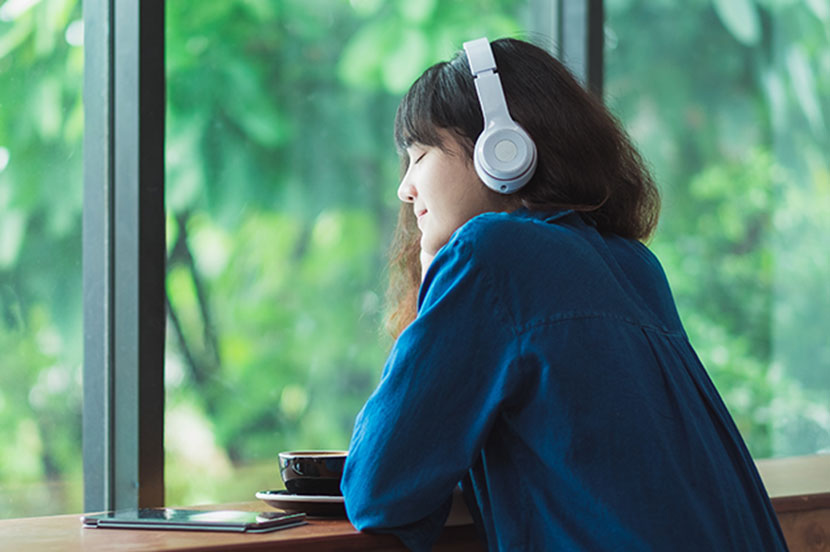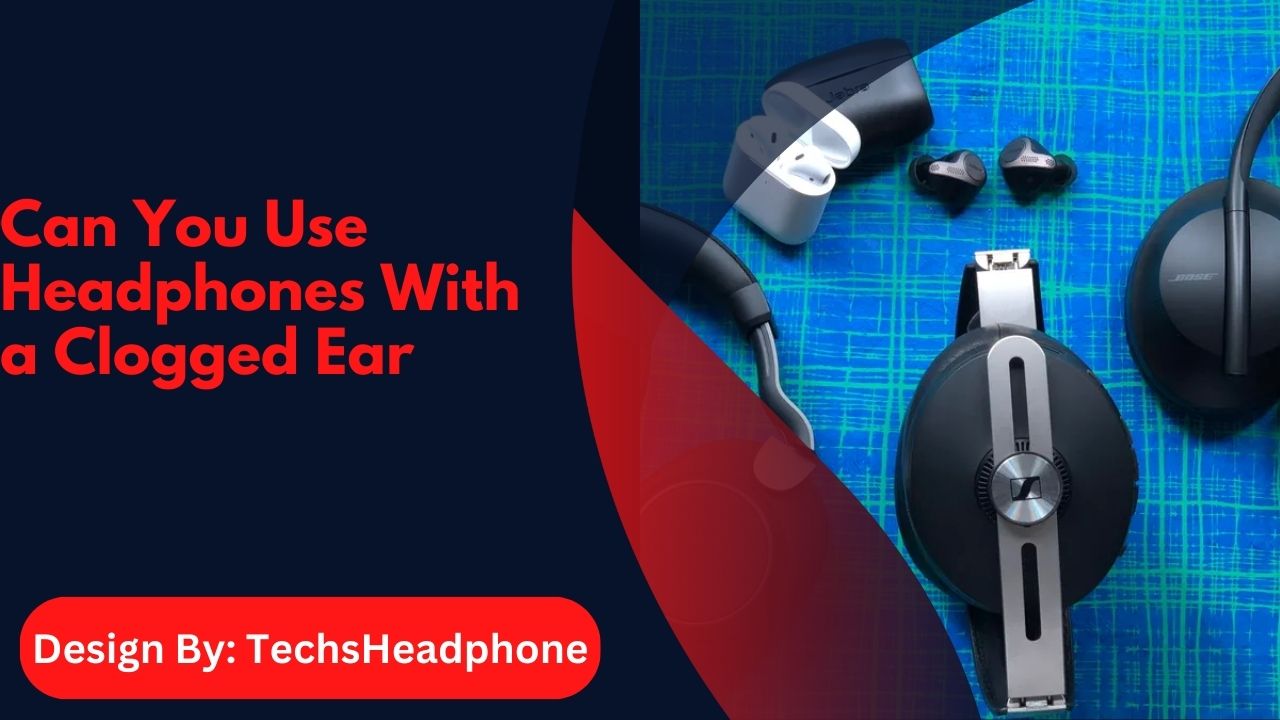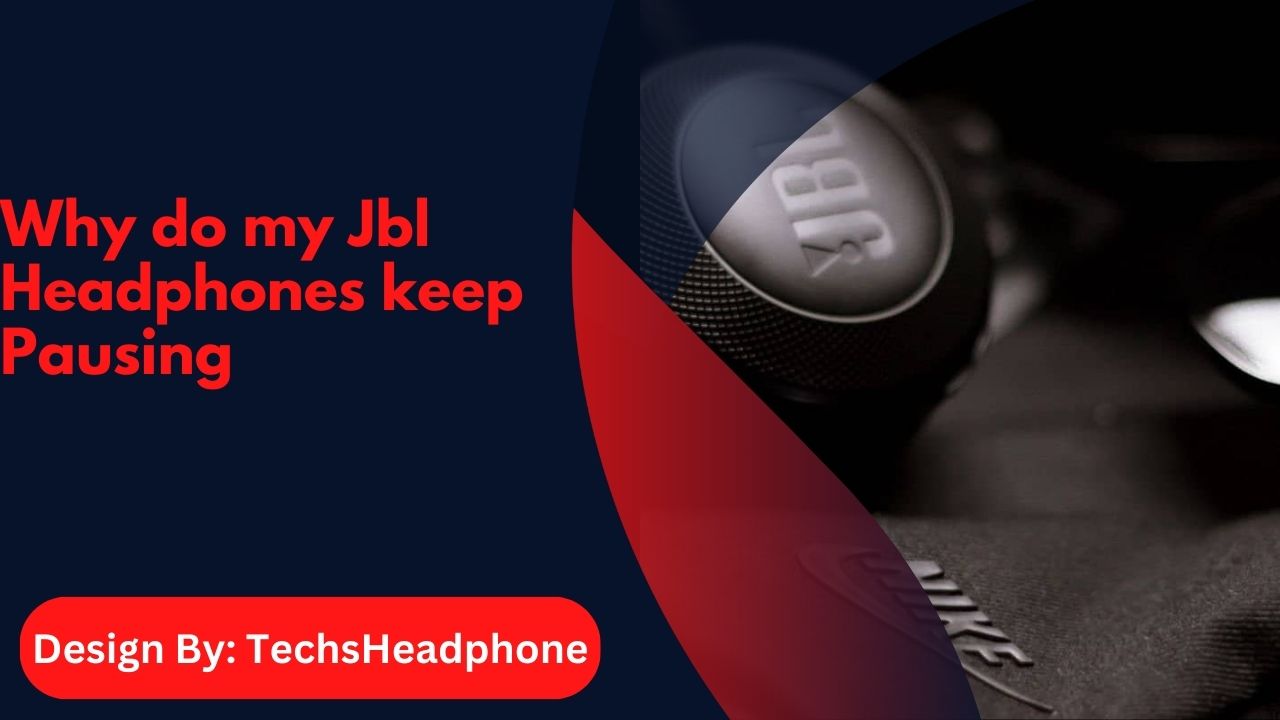Using headphones with a clogged ear can be risky and potentially harmful to your hearing health. It’s advisable to address ear blockage before using headphones and to choose headphones that are comfortable and suitable for your ears.
Understanding Ear Clogging:
Ear clogging is a common issue that can occur due to various reasons, such as earwax buildup, sinus pressure, infections, and Eustachian tube dysfunction. When your ear canal is obstructed, you may experience a sensation of fullness or diminished hearing, making it challenging to enjoy your favorite tunes. But can you still use headphones with a clogged ear? Let’s dive into the pros and cons of headphone use in this situation.
Ear clogging can be caused by a variety of factors, including:

- Earwax Buildup: Excessive earwax can block the ear canal, leading to discomfort and reduced hearing.
- Sinus Pressure: Sinus pressure can cause the Eustachian tube to become blocked, leading to ear clogging.
- Infections: Ear infections, such as otitis externa, can cause the ear canal to become inflamed and blocked.
- Eustachian Tube Dysfunction: Dysfunction of the Eustachian tube can prevent the equalization of air pressure in the middle ear, leading to ear clogging.
The Impact of Earwax Buildup on Headphone Use:
Using headphones with a clogged ear can have significant negative impacts on your hearing health. Prolonged exposure to loud music through a blocked ear can increase the risk of hearing loss. It’s like listening through a muffled filter, which can damage your ears over time.
Subjecting a blocked ear to loud music can harm the delicate eardrum. This risk is not worth taking for the sake of a catchy beat. Ear blockage can disrupt the delicate balance of the middle ear, affecting how sound is transmitted.
Headphone use might exacerbate this imbalance.When earwax buildup is the cause of the ear clogging, using headphones can make the situation worse. The earwax can become compacted further, leading to more severe blockage and discomfort. Additionally, the earwax can be pushed deeper into the ear canal, potentially causing more significant issues.
How Sinus Pressure Affects Ear Function:
Using headphones with a clogged ear can aggravate existing conditions and introduce new risks. Headphones might worsen existing ear conditions, such as ear infections or sinus pressure. It’s essential to listen to your body and give your ears a break. Blaring music into a blocked ear is a recipe for hearing damage.
Opt for a pause in your playlist until your ears are clear. Headphone use could introduce additional germs, complicating the healing process. If sinus pressure is the issue, headphones may intensify it. Take it easy and let your ears recover naturally.
Sinus pressure can cause the Eustachian tube to become blocked, leading to ear clogging. Using headphones can exacerbate this issue by increasing the pressure in the ear canal, making the blockage worse. This can lead to discomfort, pain, and potentially even hearing loss.
Home Remedies for Ear Clogging: Simple Solutions:
Before using headphones, consider these home remedies to alleviate ear blockage. Use ear drops to soften stubborn earwax, making headphone use more comfortable. Inhaling steam can help relieve sinus pressure, potentially easing ear blockage. Under professional guidance, ear irrigation can safely remove excess earwax. Applying a warm compress to the affected ear could provide relief. Just be cautious not to overheat.
Some simple home remedies for ear clogging include:
- Ear Drops: Use ear drops to soften earwax and help it come out naturally.
Steam Inhalation: Inhale steam to help relieve sinus pressure and ease ear blockage.
- Ear Irrigation: Under professional guidance, ear irrigation can safely remove excess earwax.
- Warm Compress: Apply a warm compress to the affected ear to help relieve discomfort and pressure.
Choosing the Right Headphones for Ears with Sensitivities:
When selecting headphones for ears with sensitivities, consider the following. Opt for in-ear headphones with a snug yet gentle fit. They minimize external sounds, allowing you to enjoy your music without cranking up the volume.
If on-ear or over-ear headphones are more your style, choose models with comfortable padding. Your ears deserve a plush listening experience. Invest in headphones with customizable ear tips for a tailored fit.
Also read: Can You Bring Headphones into a Sauna – The Ultimate Guide!
When choosing headphones for ears with sensitivities, consider the following factors:
- Comfort: Choose headphones that are comfortable to wear for extended periods.
- Noise Isolation: Opt for headphones that provide good noise isolation to minimize external sounds.
- Customizable Ear Tips: Invest in headphones with customizable ear tips for a tailored fit.
- Volume Control: Ensure the headphones have a volume control feature to avoid excessive sound levels.
Tips for Safe and Comfortable Headphone Use with a Clogged Ear:
Some tips for safe and comfortable headphone use with a clogged ear include:
- Use Earplugs: Use earplugs to protect your ears from excessive sound levels.
- Monitor Volume: Keep the volume at a comfortable level to avoid further damage.
- Take Breaks: Take regular breaks to give your ears a rest.
- Consult a Doctor: If you experience persistent discomfort or hearing loss, consult a doctor for professional advice.
Potential Health Risks of Using Headphones with a Clogged Ear:
Using headphones with a clogged ear can lead to various health risks, including:
- Hearing Damage: Prolonged exposure to loud music through a blocked ear can cause permanent hearing damage.
- Eardrum Injury: Subjecting a blocked ear to loud music can harm the delicate eardrum.
- Middle Ear Issues: Ear blockage can disrupt the balance of the middle ear, affecting sound transmission.
- Aggravation of Existing Conditions: Headphone use can worsen existing ear conditions, such as infections or sinus pressure.
When to Seek Medical Attention for Ear Clogging and Headphone Use:

Seek medical attention if you experience severe pain in your ear that persists, a fever accompanying ear discomfort, discharge from your ear, or persistent hearing loss. If you notice persistent hearing loss, it’s crucial to consult a doctor immediately.
In some cases, ear clogging can be a sign of a more serious underlying condition. If you experience any of the following symptoms, seek medical attention:
- Severe Pain: Severe pain in the ear that persists.
- Fever: A fever accompanying ear discomfort.
- Ear Drainage: Discharge from the ear.
- Persistent Hearing Loss: Persistent hearing loss that does not improve with treatment.
FAQ’s:
1. What are the types of articles?
There are three articles in English: ‘a’, ‘an’, and ‘the’. ‘The’ is the definite article, while ‘a’ and ‘an’ are indefinite articles.
2. How do I write a good article?
To write a good article, ensure you are well aware of the topic, know your audience, use the right language, and maintain coherence within and between paragraphs.
3. What is the format of an article?
An article should have a title/heading and a description that states what the article is about. The body of the article can be split into 3 to 5 paragraphs according to the volume of content.
4. How many paragraphs should there be in an article?
An article should have a minimum of 3 to 4 paragraphs. The writer is given the choice to present the content in more than four paragraphs if it would be better for the article.
5. What is the best length for an article?
The best articles are only two lines long, as they are short and easy to read, making it easier for readers to focus and retain the content.
Conclusion:
In summary, using headphones with a clogged ear can be risky and potentially harmful to your hearing health. It’s essential to address ear blockage before using headphones and to choose headphones that are comfortable and suitable for your ears. If you experience any severe symptoms, consult a doctor immediately. By taking proper precautions and seeking medical attention when necessary, you can enjoy your music safely while prioritizing your ear health.



